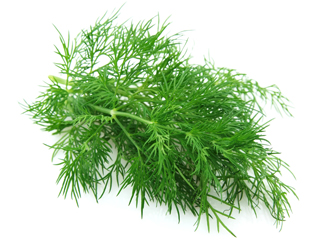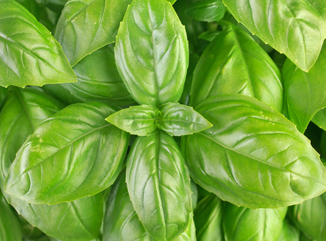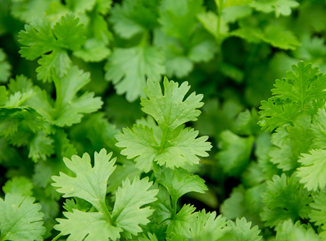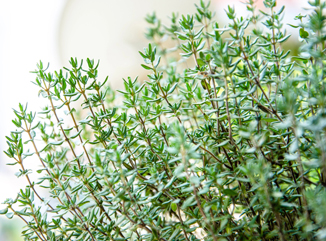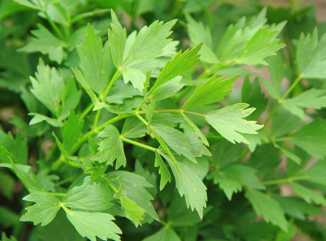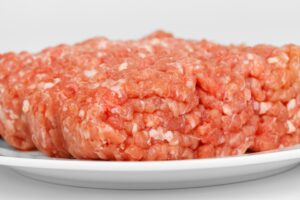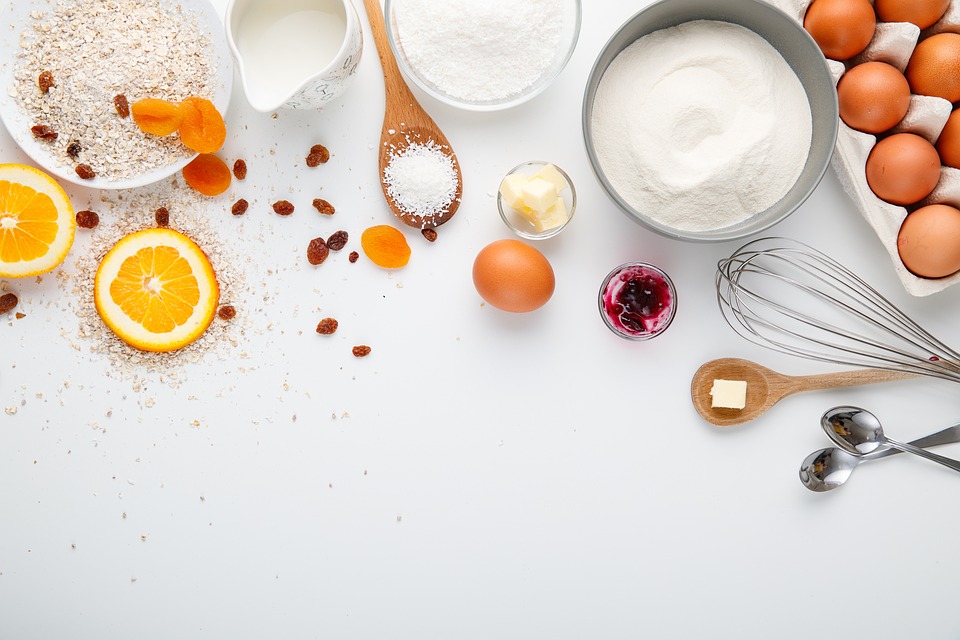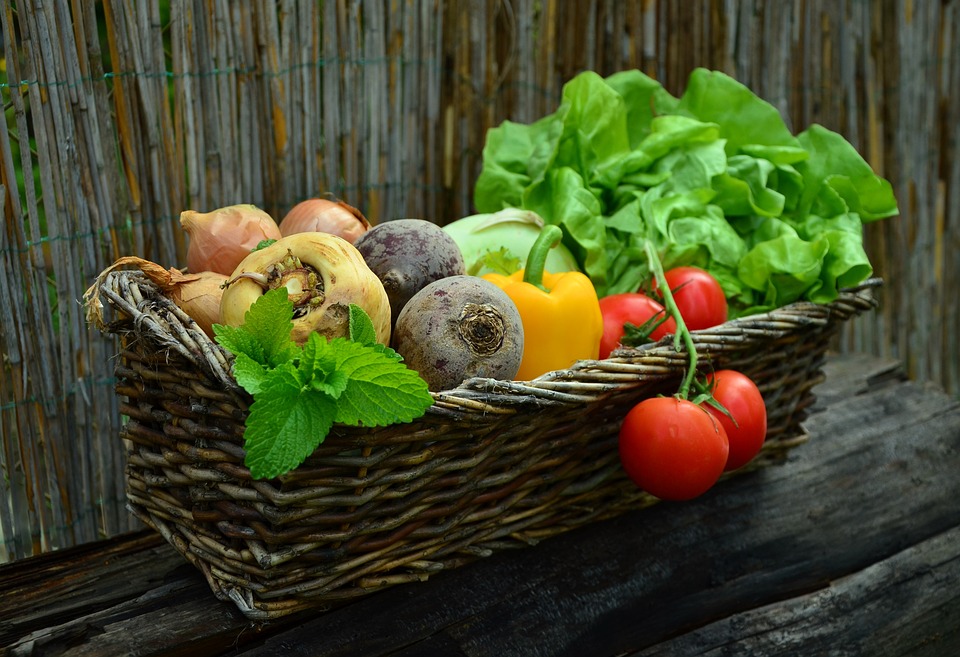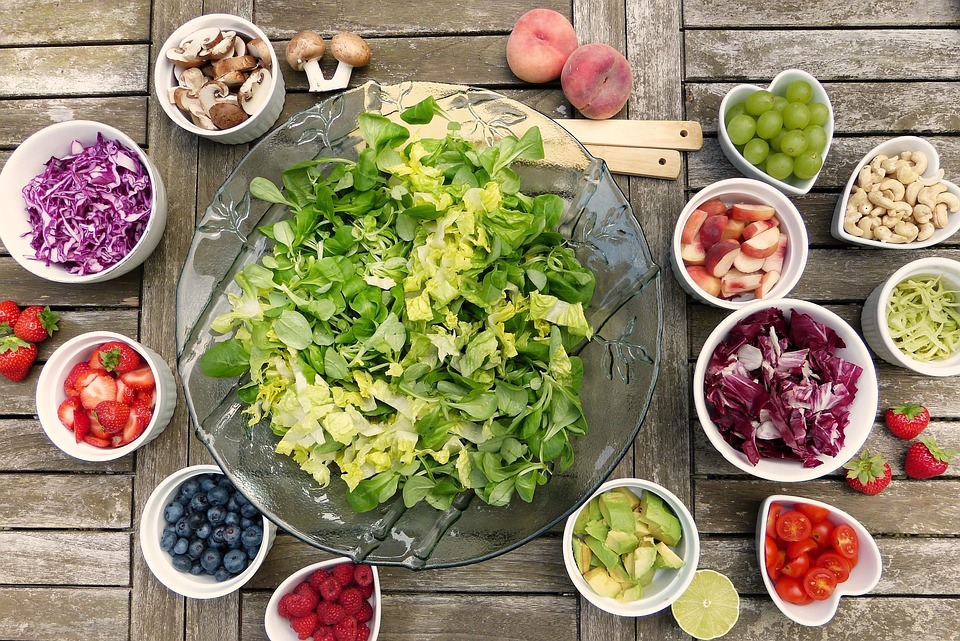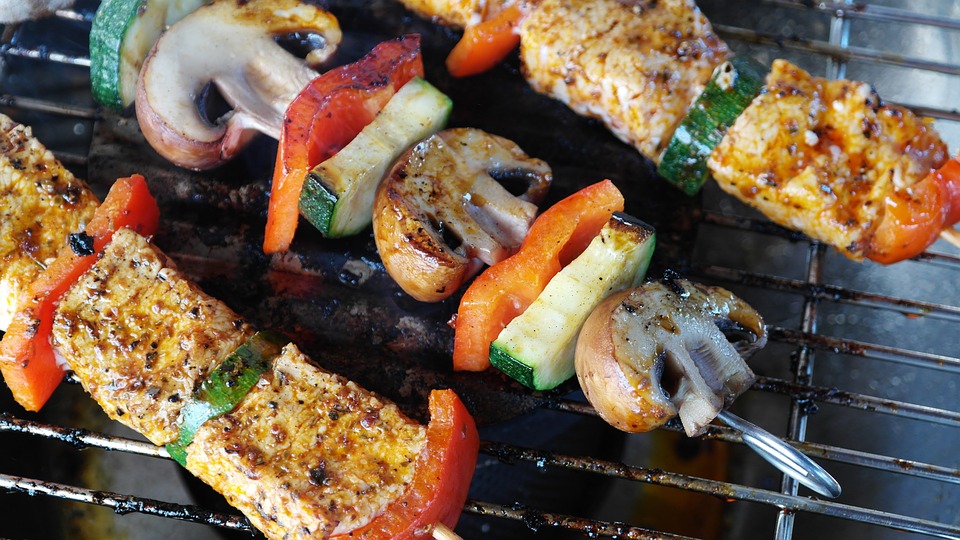Guide to Sowing Dill Seeds and Care Tips
Dill (Anethum graveolens) is a popular herb that’s easy to grow in the garden or on a balcony. Below is a step-by-step guide on how to successfully grow dill from seeds and care for it.
1. Choosing the Right Time for Sowing
Dill can be sown outdoors from mid-April to early June. It tolerates light frost, so you can start early in the year. Successive sowing is also possible to extend the harvest period.
2. The Right Location
Dill loves sunny, sheltered spots. It prefers loose, humus-rich soil that drains well. Avoid waterlogging, as this can damage the roots.
Soil requirements:
- Light, well-draining, and humus-rich.
- Neutral to slightly alkaline soil (pH: 6-7).
- If the soil is heavy or clayey, mix in sand or compost.
3. Sowing the Seeds
- Direct sowing outdoors: Create rows with about 30 cm (12 inches) of space between them. Sow the seeds thinly, about 0.5-1 cm (0.2-0.4 inches) deep, and cover lightly with soil. Water gently.
- Germination time: Dill usually germinates within 1-3 weeks. The soil temperature should ideally be between 10-20°C (50-68°F).
- Sowing in pots: Alternatively, you can start dill in pots and later transplant it. Use low-nutrient seed-starting soil, and plant the seeds about 0.5-1 cm deep.
4. Watering
Dill needs consistent moisture, especially during germination and early growth. However, avoid overwatering. Water regularly with smaller amounts to keep the soil slightly moist. Once mature, dill can tolerate dry conditions better.
5. Fertilizing
Dill doesn’t require a lot of fertilizer. Nutrient-rich soil, amended with compost or organic fertilizer before planting, is usually sufficient. Too much nitrogen can result in weak growth and less flavor.
- Before sowing: Incorporate compost or enrich the soil with organic fertilizer.
- During growth: Lightly fertilize with organic fertilizer if the plants appear weak.
6. Care and Weed Control
- Weed control: Especially early on, it’s important to weed regularly since dill grows slowly at first, and weeds can quickly take over.
- Soil aeration: After watering, occasionally loosen the soil gently to improve oxygen supply to the roots.
7. Harvest
Dill leaves can be harvested once the plant reaches about 20 cm (8 inches) in height. Cut the outer leaves to allow the center to keep growing.
- Leaves: For the best flavor, harvest leaves in the morning after the dew has dried.
- Dill flowers and seeds: Dill produces umbels (flower clusters) in summer, which later turn into seeds. You can collect the seeds once they turn brown and fall easily from the flower heads.
8. Pest and Disease Management
Dill is generally resistant to most pests and diseases. However, it can occasionally be affected by aphids or powdery mildew. For aphids, spraying with a strong jet of water or using a soap solution can help.
9. Extra Tips
- Companion planting: Dill pairs well with cucumbers, lettuce, and cabbage but should not be planted near fennel, as the two plants may inhibit each other’s growth.
- Annual replanting: Since dill is an annual herb, you will need to sow it every year. Self-seeding can occur if the seeds mature and fall to the ground.
By following these tips, you’ll be able to successfully grow dill and enjoy a bountiful harvest! Dill is not only a flavorful herb but also a valuable plant for attracting beneficial insects.

